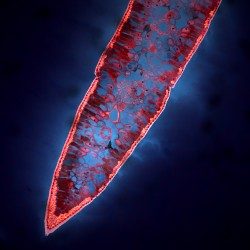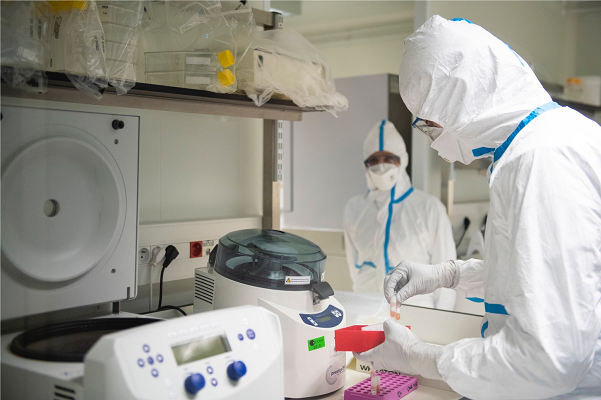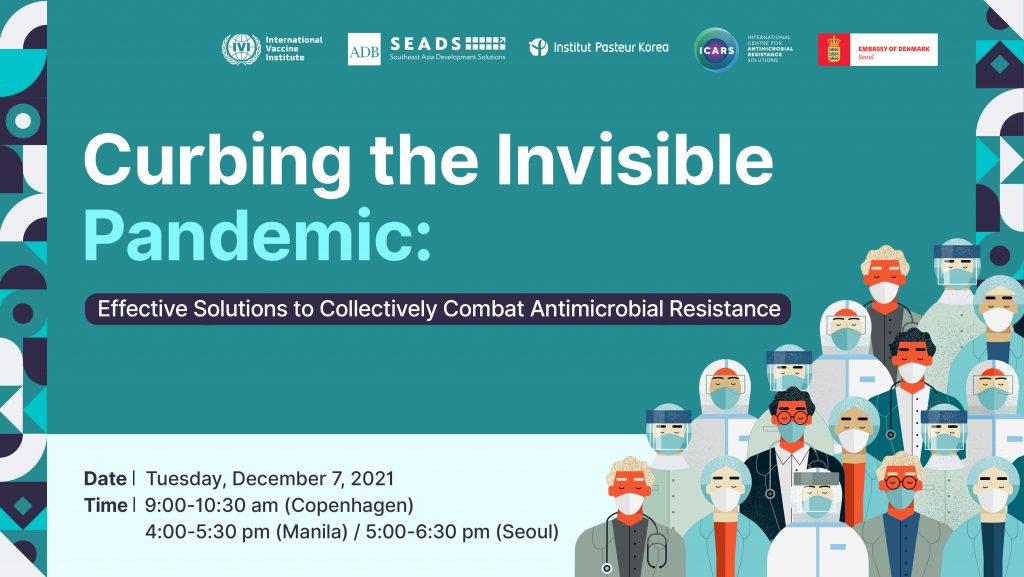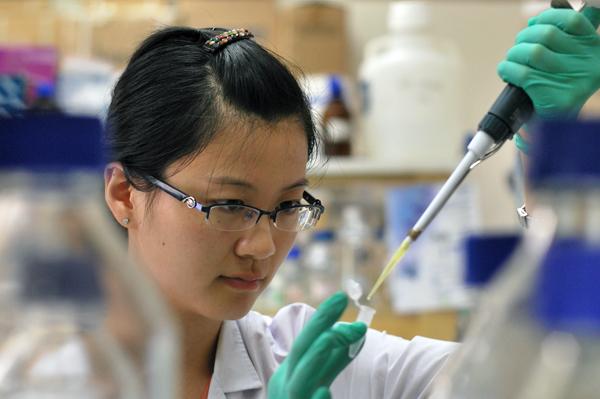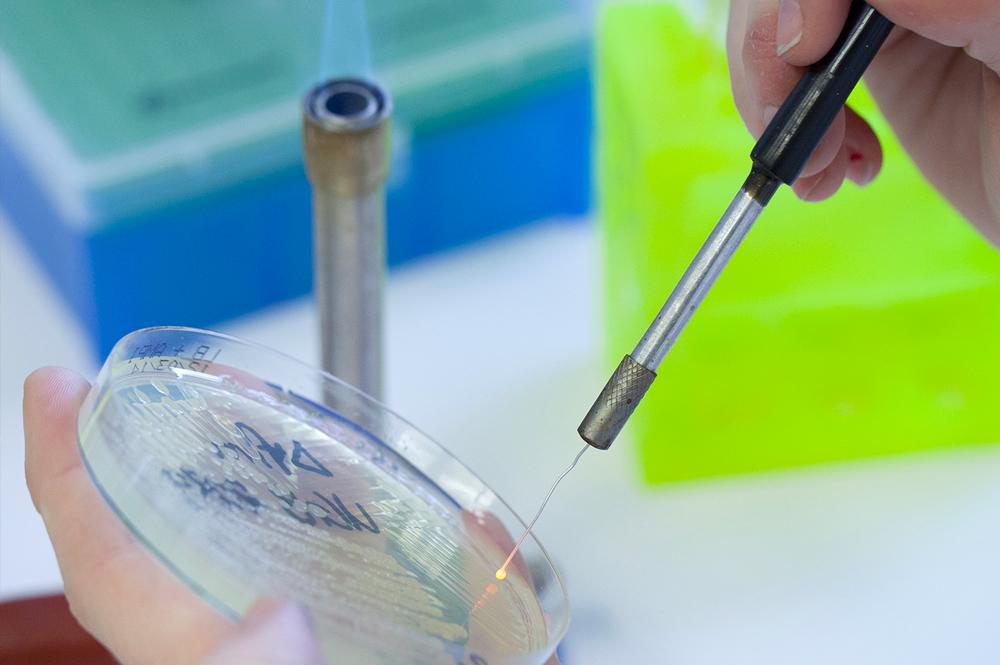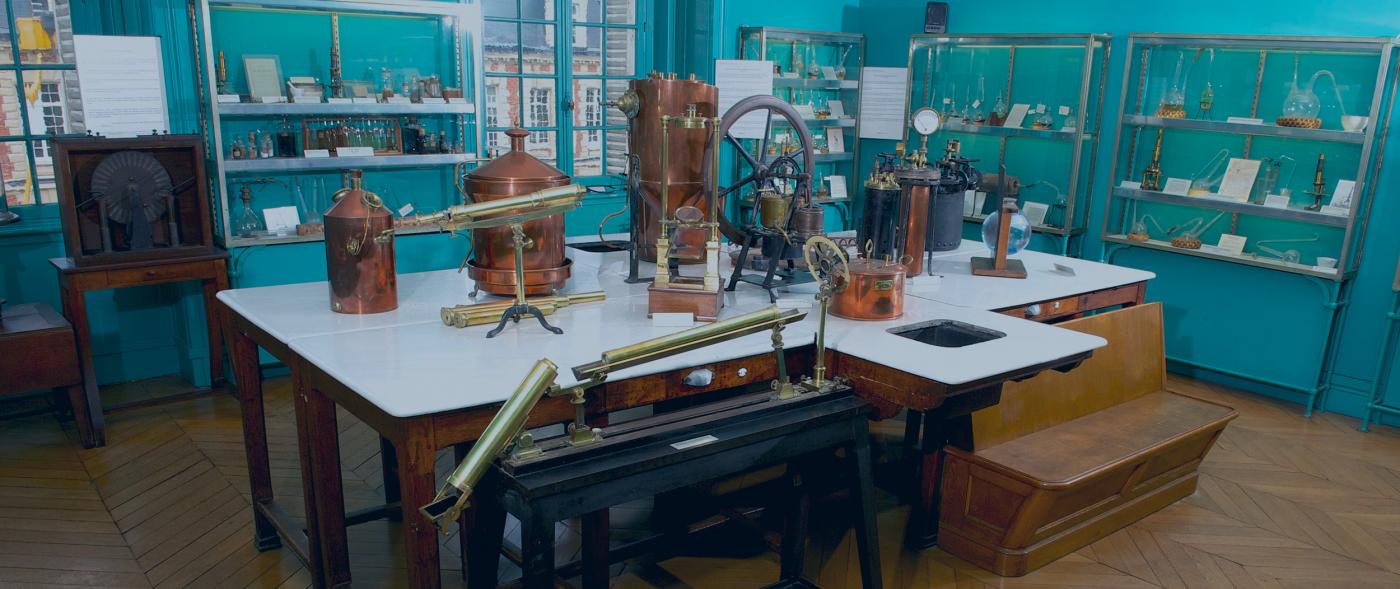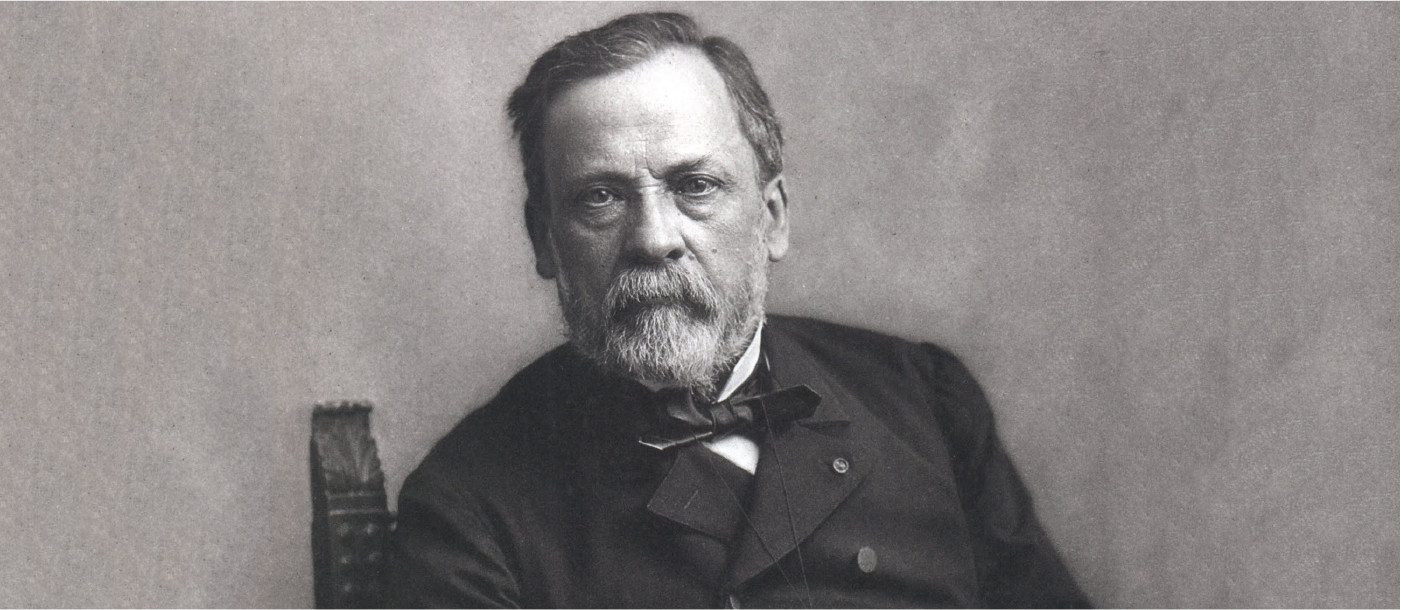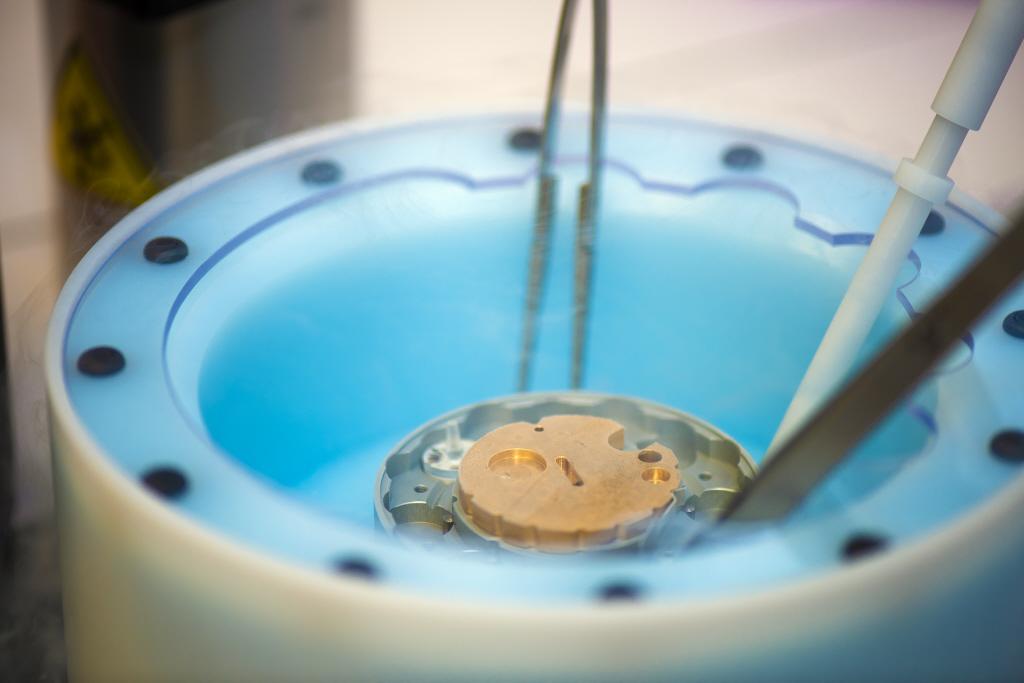
The Institut Pasteur is addressing the major scientific and health issues facing the world today - News of the Institut Pasteur

Squalene emulsion-based vaccine adjuvants stimulate CD8 T cell, but not antibody responses, through a RIPK3-dependent pathway | eLife

The potential effect of improved provision of rabies post-exposure prophylaxis in Gavi-eligible countries: a modelling study - The Lancet Infectious Diseases

Squalene emulsion-based vaccine adjuvants stimulate CD8 T cell, but not antibody responses, through a RIPK3-dependent pathway | eLife

Squalene emulsion-based vaccine adjuvants stimulate CD8 T cell, but not antibody responses, through a RIPK3-dependent pathway | eLife

The impact of past vaccination coverage and immunity on pertussis resurgence | Science Translational Medicine

Squalene emulsion-based vaccine adjuvants stimulate CD8 T cell, but not antibody responses, through a RIPK3-dependent pathway | eLife
Full article: Current status of human rabies prevention: remaining barriers to global biologics accessibility and disease elimination

